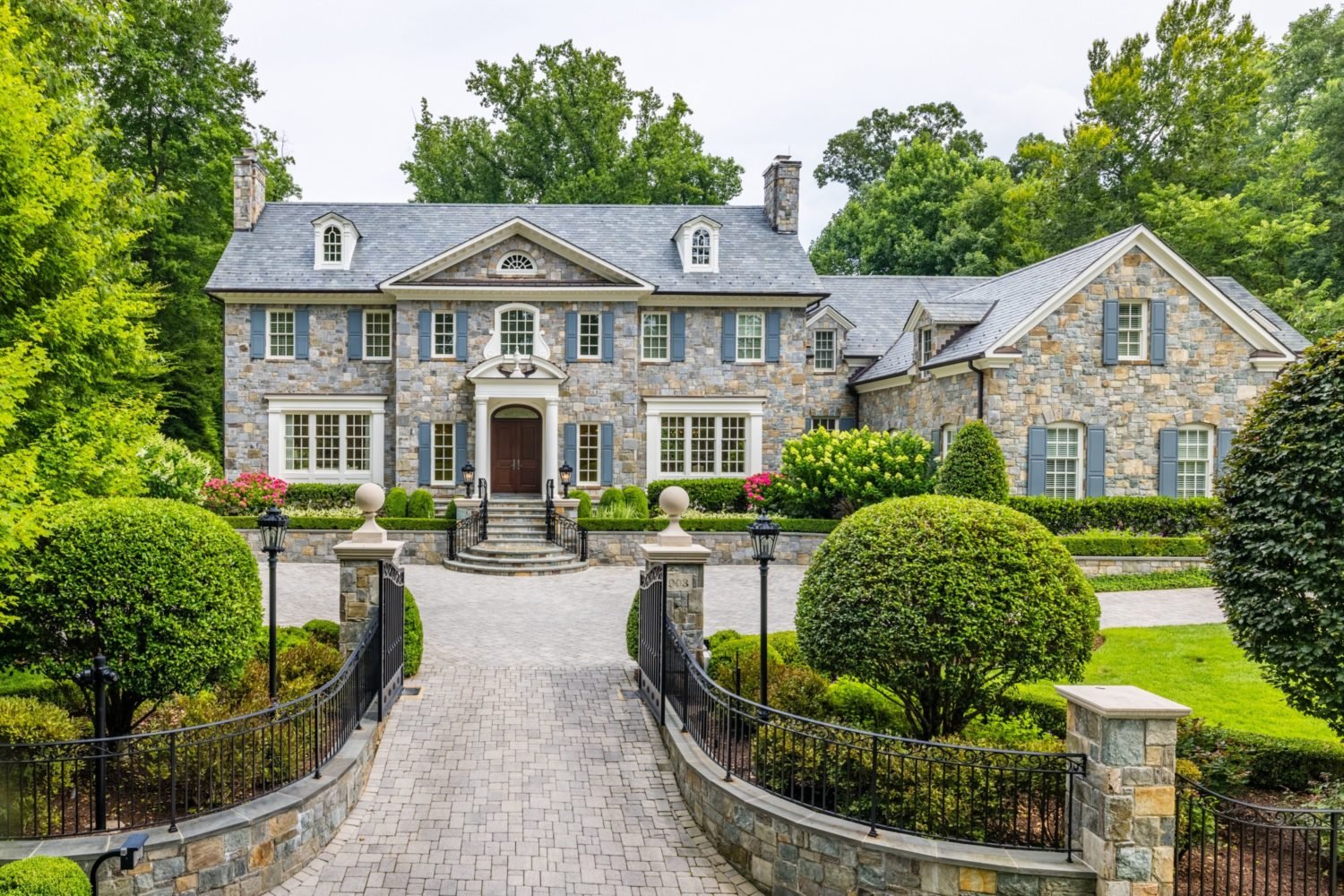When I moved to Washington from Western Montana for a new job, the last thing I expected was to get lost on my first hike inside the District.
As I apartment-hunted from Montana, I used Google Maps to check the location of every place I was considering in Washington. My final decision was based partially on the existence of a green band half a mile from what would become my address. A place called Glover-Archibold Park just one-half mile away: Not bad, I thought, for a city. Still, I doubted the green band could compare to the trailhead the same distance from my apartment in Montana. That route climbed 2,000 feet into mountains before giving way to a national forest—and then a wilderness area, if you hiked far enough. The park in my future neighborhood in the East? I pictured a manicured lawn with swing sets and slides and crowds of people.
***
I go exploring in Glover-Archibold Park one morning in November, not long after Hurricane Sandy. At the entrance on the street, there’s a sign warning of raccoons with “rabies and distemper.” I think of the entry sign at the national forest on my favorite hike in Montana: “Entering bear country. There is no guarantee of your safety.”
Thirty feet into my new backyard park, I pick up a piece of litter on the trail. It’s someone’s receipt from Panera—a breakfast sandwich and coffee three days ago. Doesn’t that just figure? The East, I think, exasperated.
But it’s not long before the scene around me upstages the litter at my feet. A few minutes into my hike, the trail is blocked by a tree trunk four feet in diameter. A rake of long splinters spears the air from its base, like the fibers of an enormous, snapped popsicle stick. The leaves of the downed branches are barely wilted, the exposed wood creamy beige. Sandy was here.
I follow a dip in the trail and find myself under a lid of lemon-lime—a beech ceiling punctuated by sugar maple, crisp and coral. A little farther and I’m in a grotto of Japanese maple, where leafy branches create a perfect scarlet pattern in the sky.
Beech, sugar maple, Japanese maple—these aren’t trees I would find on a hike in Montana, where a few species of conifer dominate the forests. I savor the colors of the leaves, the dry fall scent of them in the air. I realize that, in hastily assuming this forest wouldn’t hold a candle to those out West, I’ve forgotten that autumn in the East is really a treat.
After thirty minutes, I stop to think about where I intend to emerge onto the street. But I realize that I can’t hear cars anymore. And I haven’t seen anyone else for a while. Come to think of it, the trail is no longer well-defined. I’ve been crossing more and more downed trees, which means this route is not frequently maintained. Perhaps most concerning of all, I haven’t seen a piece of litter for a long time.
I realize I am remote—somehow. I’m lost—somehow—in a tame tangle of woods just a half mile from my apartment.
I come to the top of an incline, stop under a massive beech tree, and recall the classic advice for people lost in the mountains: Head downhill; eventually you’ll find water and, likely, a road.
I descend a steep slope, slippery with rotting leaves. At the bottom I find a trickling creek. It’s lined with down limbs, their gorgeous fall leaves still attached—citrusy tints of beech accented by crimson maple.
If I could teleport my friends from Montana to this spot, they wouldn’t believe they were in the District of Columbia. I’ll have to tell them where I’ve been today, I think, before remembering I actually don’t know where I am.
An abrupt rustle behind me shakes me back to reality. I immediately pictures raccoons—with rabies and distemper. I twist around. It’s a runner. She’s forty feet away, just up the opposite bank of the gully. I climb to discover a clearly defined path, six feet wide. A man walking a dog approaches from the other direction.
A short distance up the path, I reach the street, where I find an intersection that is familiar to me. I am relieved, not to be out of the woods, but to have discovered them in the first place.
Lauren Koshere writes about place, play, and (sometimes) the Packers at floword.wordpress.com. She lives in Northwest DC.









